Introduction: Why Plumbing Codes Matter More Than Ever
When it comes to home improvement, plumbing projects are among the most rewarding—and risky—DIY endeavors. Beyond the satisfaction of a job well done, the stakes are high: poor plumbing can lead to water damage, health hazards, or even legal trouble. That’s where plumbing codes step in. These structured rules exist to protect your home’s safety, ensure the long-term durability of your plumbing systems, and maintain public health. Yet many homeowners overlook their significance or underestimate how often these codes are updated.
In this comprehensive guide, we’ll demystify plumbing codes for homeowners. You’ll learn what codes are, why they change, and how to find the latest updates relevant to your area. We’ll cover practical tips to keep your DIY projects compliant, common pitfalls, and the steps to take if your home’s plumbing predates current codes. Whether you’re fixing a leaky faucet or planning a bathroom remodel, understanding plumbing codes is your best tool for avoiding costly mistakes and ensuring your peace of mind.
What Are Plumbing Codes and Who Sets Them?
Defining Plumbing Codes
Plumbing codes are a set of regulations designed to govern the design, installation, and maintenance of plumbing systems. Their primary goal is to safeguard the health, safety, and welfare of the public. Codes dictate everything from pipe sizing and materials to venting, backflow prevention, and fixture placement.
Who Writes Plumbing Codes?
- Model Code Organizations: The most widely adopted model codes in North America are the International Plumbing Code (IPC) and the Uniform Plumbing Code (UPC), authored by the International Code Council (ICC) and the International Association of Plumbing and Mechanical Officials (IAPMO), respectively.
- Local Governments: State, county, and city authorities typically adopt one of these model codes, sometimes with amendments to address local needs.
- Updates: Model codes are revised every three years, but local adoption may lag or include customized provisions.
Why Plumbing Codes Change—and Why You Should Care
Drivers of Code Updates
- New Materials and Technologies: Advances in plumbing products (such as PEX tubing or water-saving fixtures) prompt code updates to reflect best practices.
- Public Health Data: Outbreaks or hazards (like lead contamination) can lead to stricter requirements.
- Environmental Concerns: Water conservation and energy efficiency standards evolve over time.
- Disaster Response: Lessons from floods, earthquakes, or fires can prompt changes in pipe support and installation methods.
What This Means for Homeowners
Ignoring code changes can create serious headaches. Non-compliant work may fail inspections, void insurance, lower your property value, or require expensive corrections when you sell your home. Even if you’re grandfathered in with older plumbing, any new work must meet current codes. Staying informed is crucial, especially for DIYers.
How to Find the Plumbing Codes That Apply to Your Home
Step 1: Identify Your Jurisdiction
Start by determining whether your home falls under city, county, or state code enforcement. While many municipalities adopt state codes, some (especially large cities) create their own requirements. Check your city or county government’s building department website for details.
Step 2: Locate the Current Code
- Search for “[Your City/County/State] plumbing code” online.
- Look for links to the adopted code year (e.g., 2018 IPC, 2021 UPC), and any local amendments.
- If in doubt, call or email your local building department for clarification.
Step 3: Obtain the Code Text
Some codes are available for free online; others require purchase or library access. For most DIY projects, you only need to review relevant sections—such as fixture requirements, pipe sizing, or venting rules.
Key Plumbing Code Concepts Every Homeowner Should Know
Fixture Clearances and Placement
- Minimum distances between toilets, sinks, and walls.
- Height requirements for faucets, showerheads, and drains.
- Accessible design for those with disabilities (sometimes required in remodels).
Pipe Materials and Sizing
- Approved materials (e.g., copper, PEX, CPVC) for supply and drain lines.
- Minimum and maximum pipe diameter for different fixture types and total system demand.
Ventilation and Traps
- Each fixture must have a properly sized trap and vent to prevent sewer gases from entering your home.
- Improper venting is a top cause of failed inspections and drain problems.
Backflow Prevention
- Devices or air gaps must be installed to prevent contaminated water from flowing backward into the potable supply.
- Commonly required for irrigation, dishwashers, and utility sinks.
Water Heater Installation
- Seismic strapping, temperature/pressure relief valves, and drain pan requirements.
- Combustion air and venting for gas heaters; electrical code crossover for electric models.
Common Code Violations in DIY Plumbing Projects
- Unpermitted Work: Performing projects without required permits or inspections.
- Improper Pipe Connections: Mixing incompatible materials (e.g., copper and galvanized steel) without correct adapters.
- Insufficient Slope: Drain lines must slope at least 1/4 inch per foot to ensure proper flow.
- Missing or Incorrect Vents: Failing to vent fixtures properly, leading to gurgling drains and sewer odors.
- Overlooked Cleanouts: Omitting required access points for clearing clogs.
- Inadequate Support and Strapping: Pipes must be securely fastened at code-specified intervals.
How to Keep Up With Plumbing Code Changes
Follow Local Building Departments
Subscribe to email newsletters or alerts from your local building department. Many agencies announce code adoptions, updates, and training sessions through these channels.
Check Model Code Organization Websites
- International Code Council (ICC)
- International Association of Plumbing and Mechanical Officials (IAPMO)
These sites offer news about upcoming code cycles and summaries of major changes.
Consult Professional Plumbers and Inspectors
Local plumbers and inspectors are invaluable resources for interpreting new code requirements. Don’t hesitate to ask for clarification before you start a project.
Steps to Ensure Your DIY Plumbing Project is Code-Compliant
1. Research and Plan
- Identify the scope of your project: Will it affect potable water, drainage, or venting?
- Read the code sections relevant to your work.
- Check if a permit is required—even for “minor” updates.
2. Use Approved Materials and Methods
- Double-check that all pipes, fittings, and fixtures are code-approved for your area.
- Follow manufacturer instructions, which often align with code requirements.
3. Schedule Inspections
- Many projects require an inspection at a rough-in stage (before drywall) and at completion.
- Don’t skip this step—passing inspection protects you and validates your work for future buyers.
4. Document Your Work
- Take photos before, during, and after your project.
- Keep copies of permits, inspection reports, and material receipts.
What If My Home’s Plumbing Is Outdated?
Grandfathering and Retroactive Code Requirements
Most codes allow “grandfathering” of existing systems that were installed legally under previous codes. However, if you modify, repair, or replace any part of the system, you may be required to bring it up to current standards.
When Upgrades Become Mandatory
- Major remodels or additions that affect plumbing layout.
- Replacing water heaters, adding bathrooms, or converting spaces (like a basement or attic).
- Correcting hazards: Some issues (like lead pipes) must be addressed regardless of age.
Tips for Navigating Upgrades
- Consult your building department before starting any work on older systems.
- Ask about hardship exemptions or phased upgrade options if full compliance is cost-prohibitive.
- Prioritize upgrades that impact safety and water quality.
Resources for Homeowners: Where to Get Help
- Local Building Department: Your first stop for permits, code clarifications, and inspection requirements.
- Public Libraries: Many libraries carry the latest adopted codes and code commentary books.
- Plumbing Supply Stores: Staff can often advise on code-approved products and best practices.
- Professional Plumbers: Even if you’re DIYing, a brief consultation can prevent expensive mistakes.
Conclusion: The Value of Staying Code-Compliant
Understanding and adhering to plumbing codes isn’t just about avoiding fines or passing inspections—it’s about protecting your investment and your family’s well-being. As codes evolve to reflect new technologies, environmental priorities, and public safety data, the gap between “what’s common” and “what’s legal” can widen. Even experienced DIYers can fall into the trap of relying on outdated habits or online advice that doesn’t match local requirements.
Making code compliance a core part of your project planning pays off in every way. You’ll ensure your plumbing is safe, efficient, and built to last. If you ever decide to sell your home, you’ll avoid last-minute headaches and costly corrections. And, perhaps most importantly, you’ll have the confidence that comes from knowing your work meets the same standards as the pros.
Remember, you’re never alone in navigating plumbing codes. Local officials, professional plumbers, and resources like this blog are here to guide you. Before you pick up that wrench, take the time to research, ask questions, and document your process. The investment of a few hours can save you thousands—and give you peace of mind for years to come.
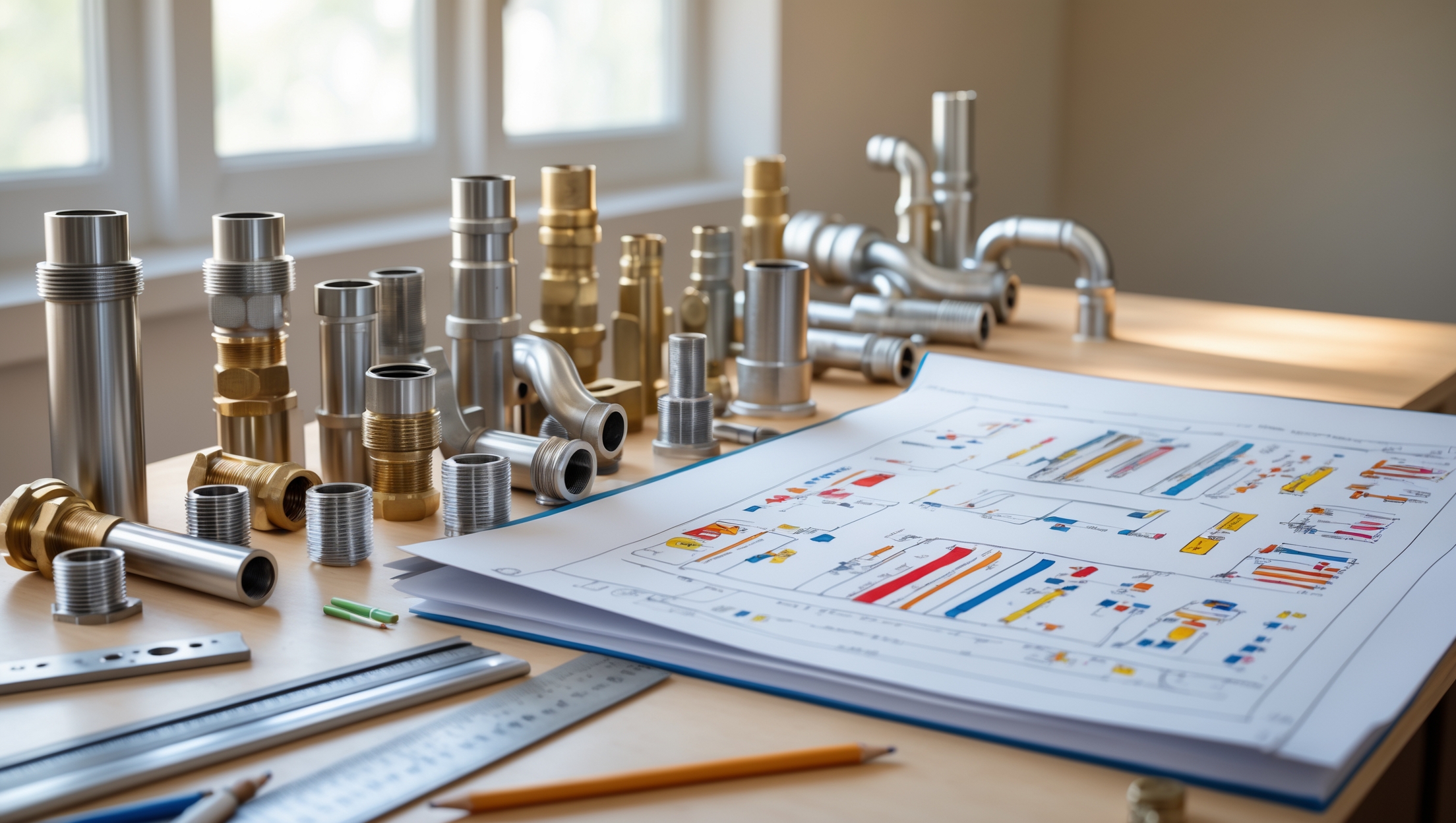
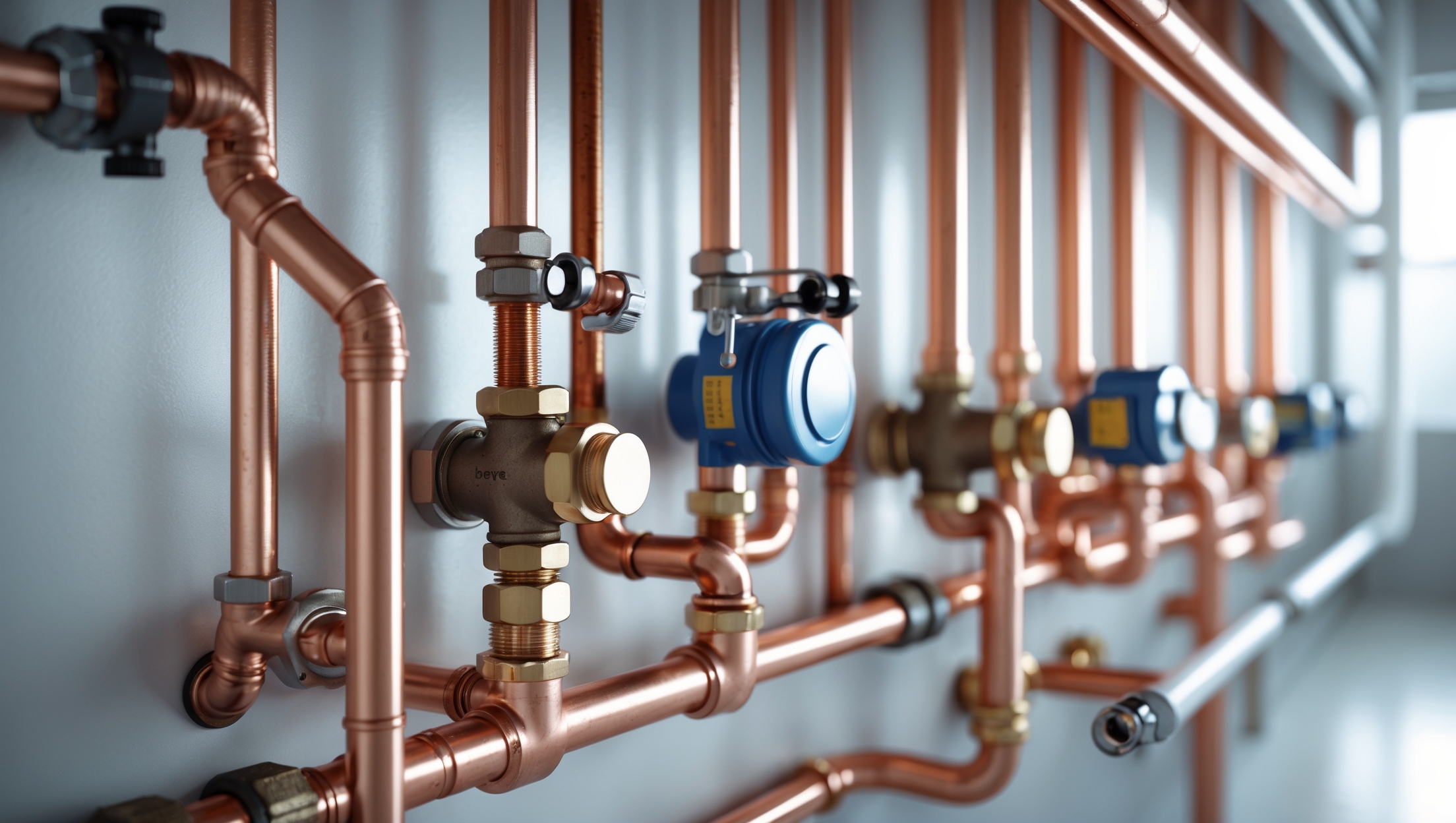

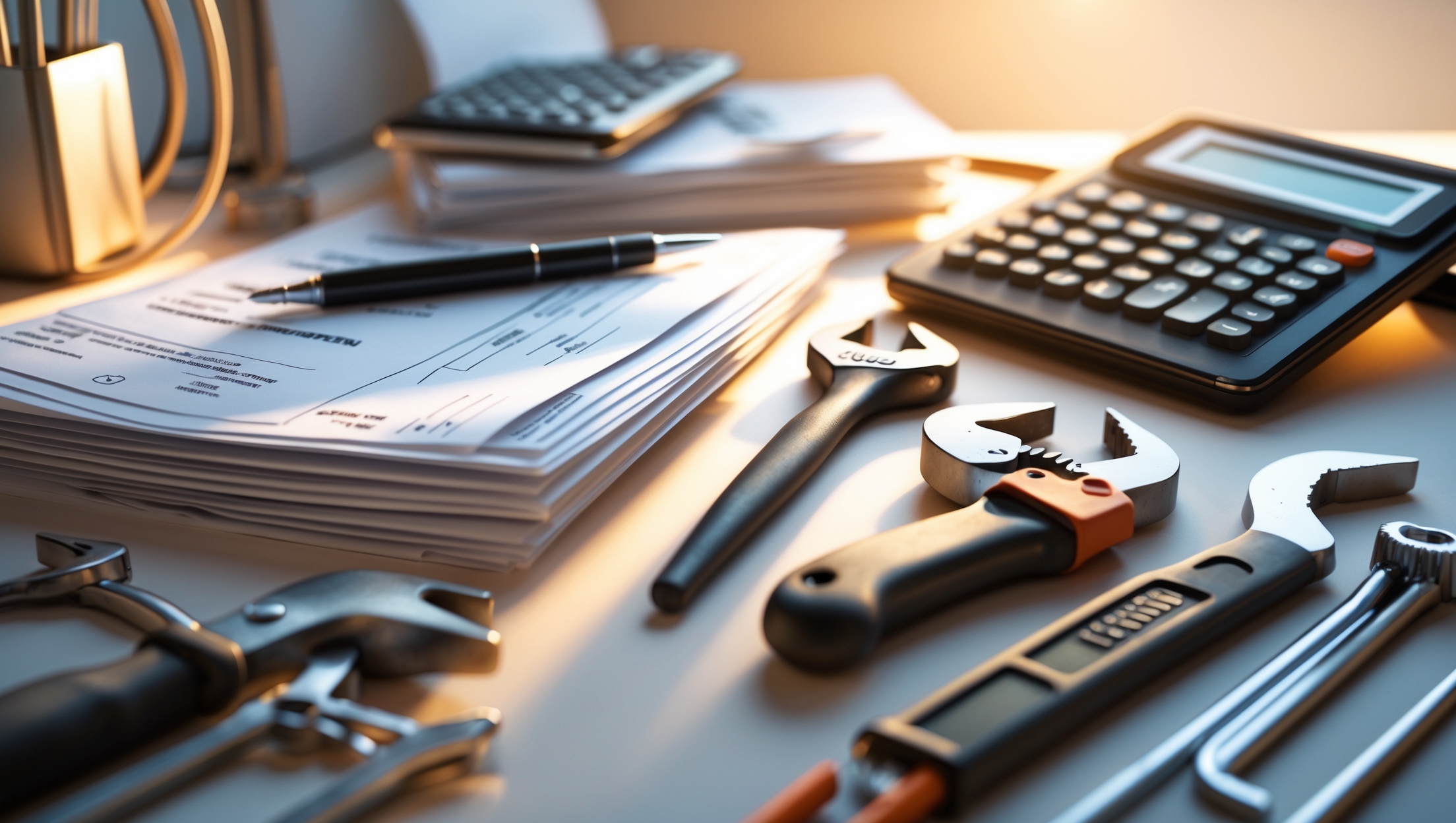
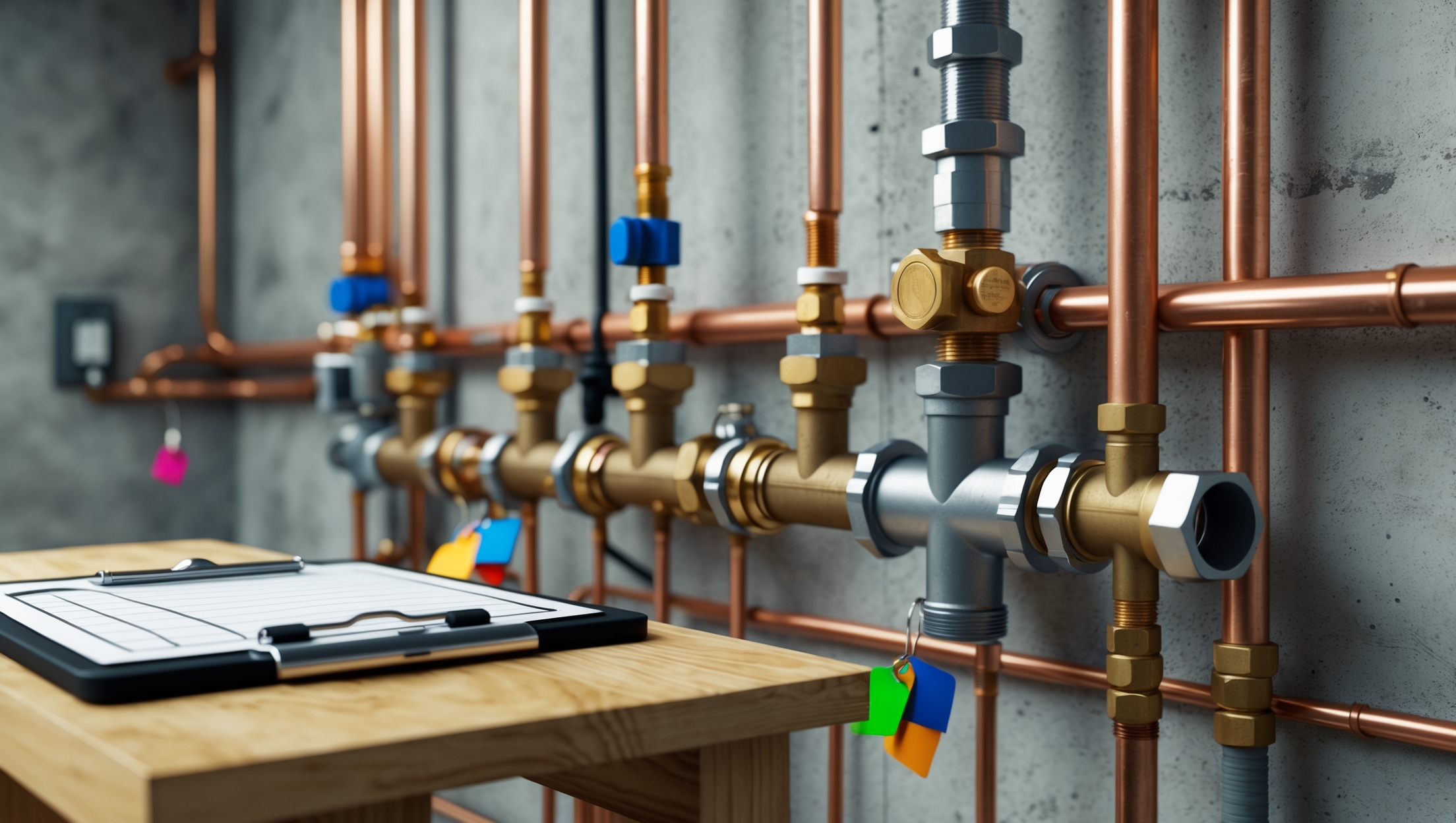
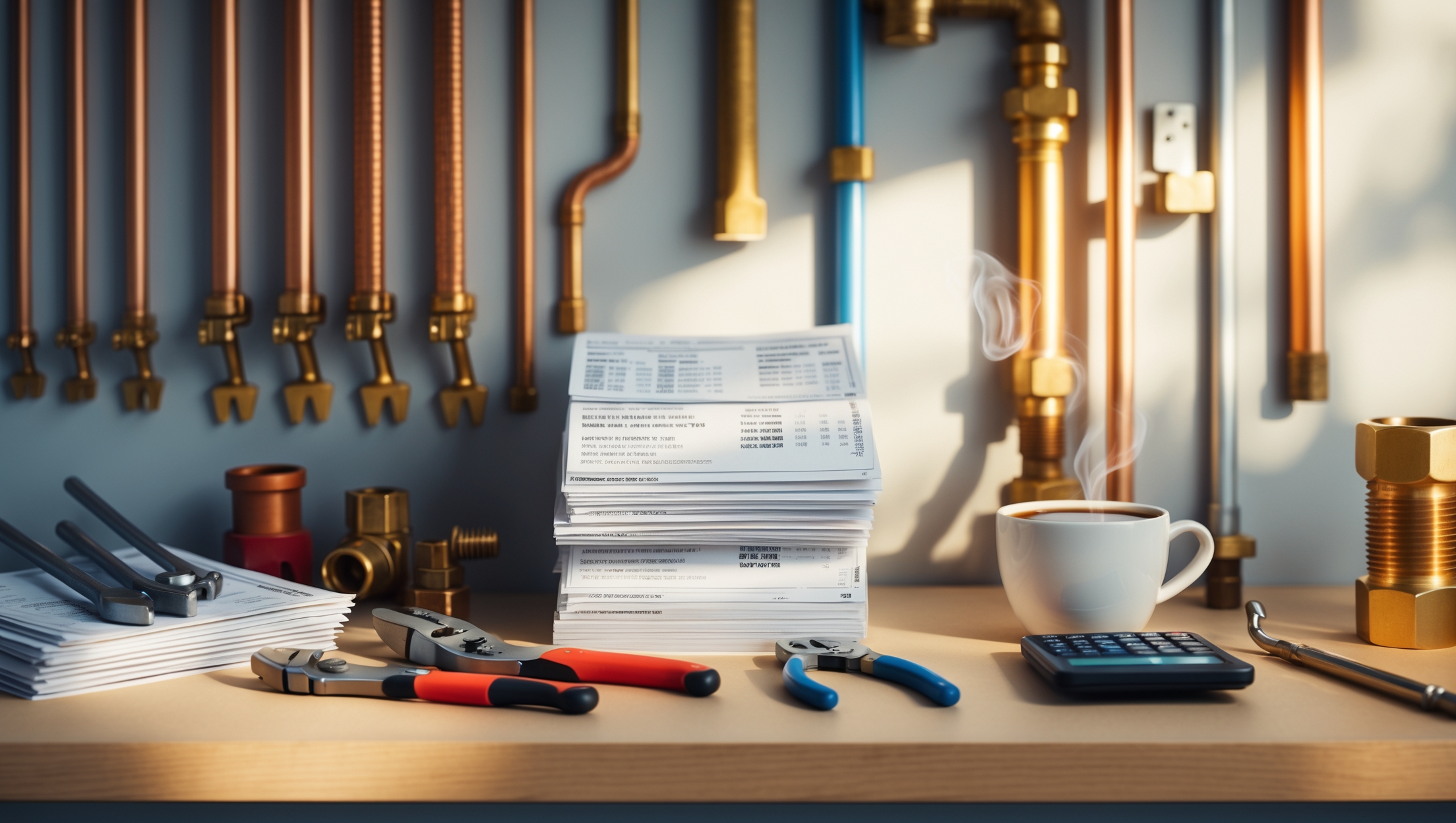
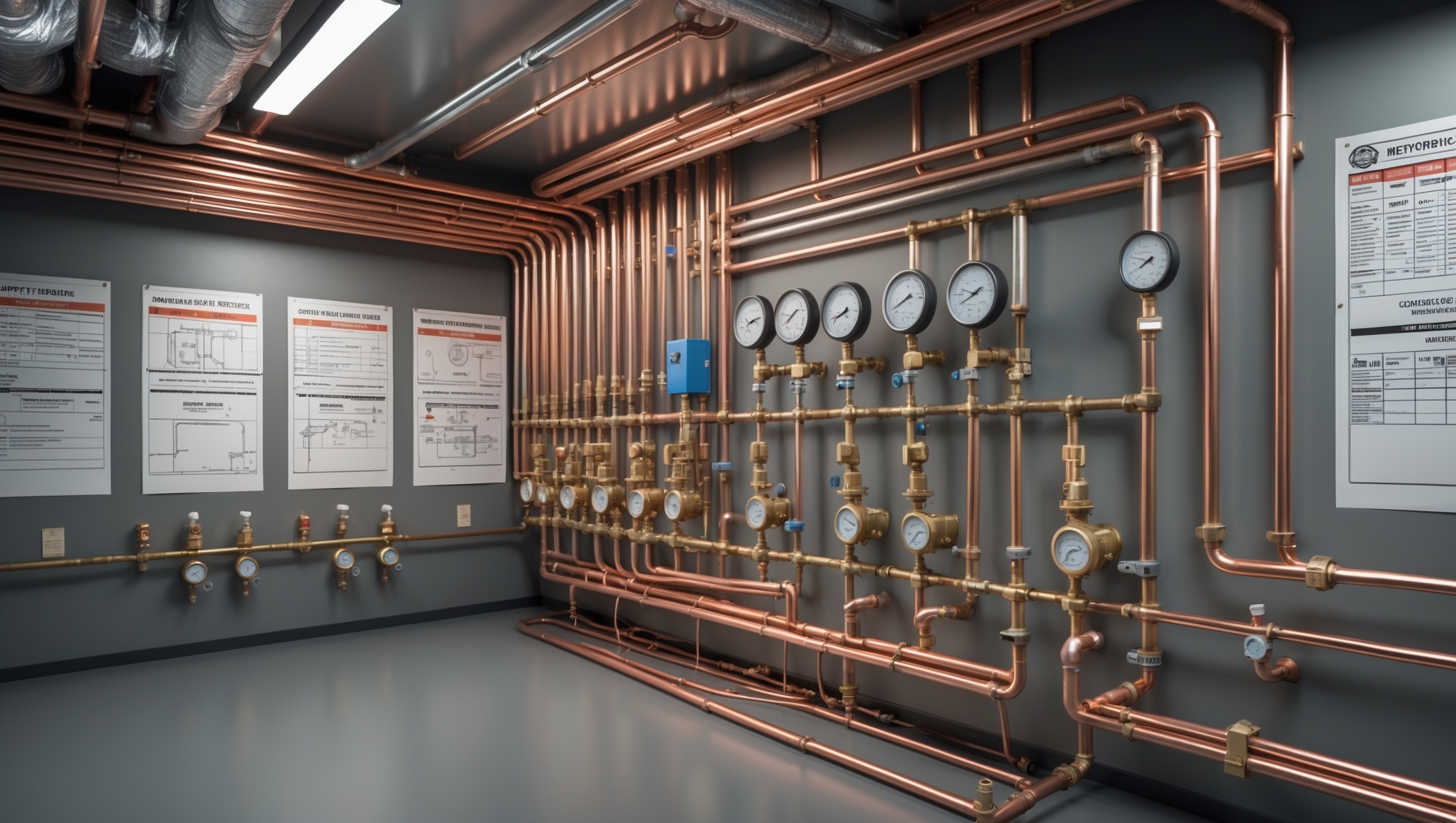
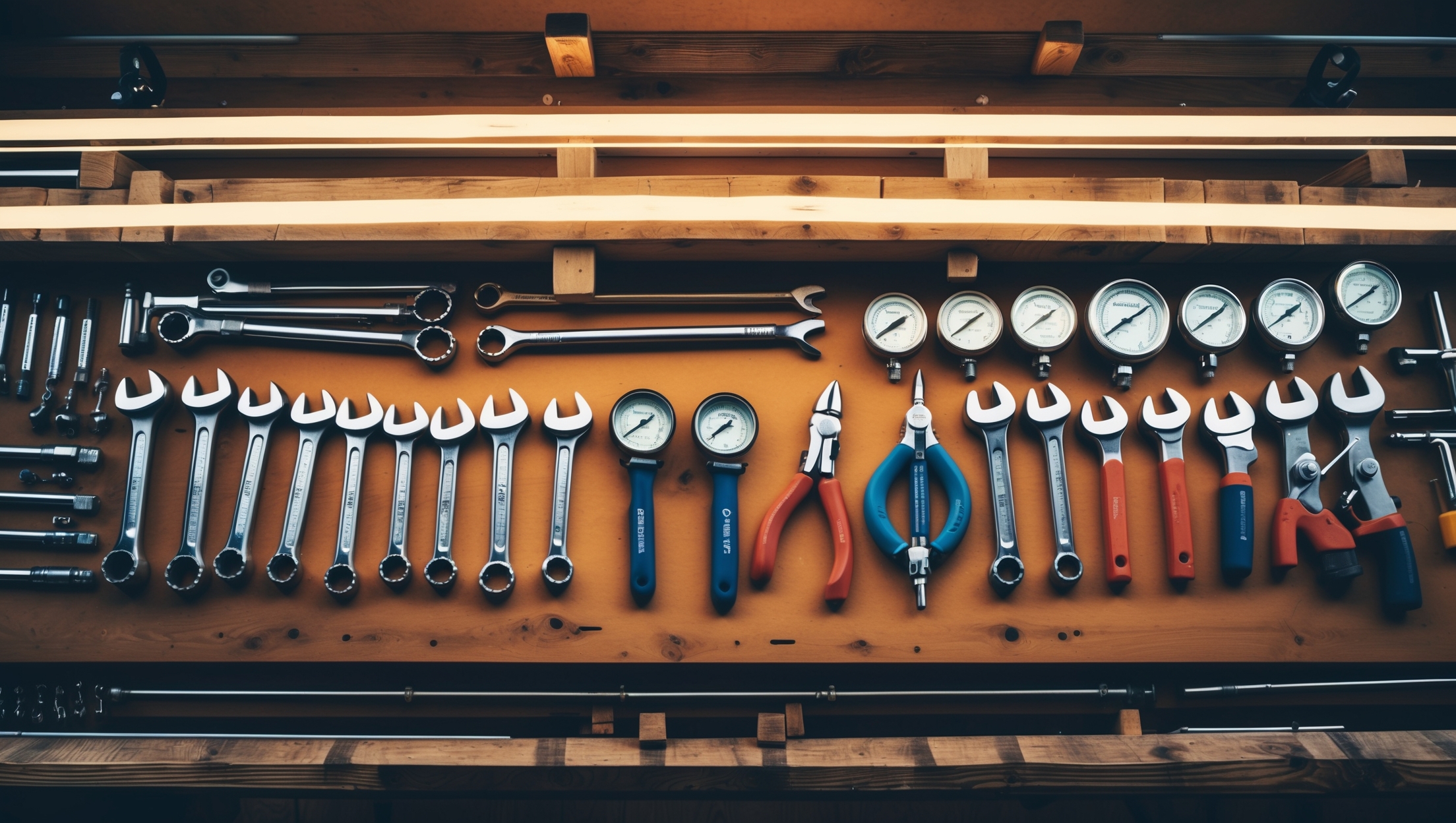
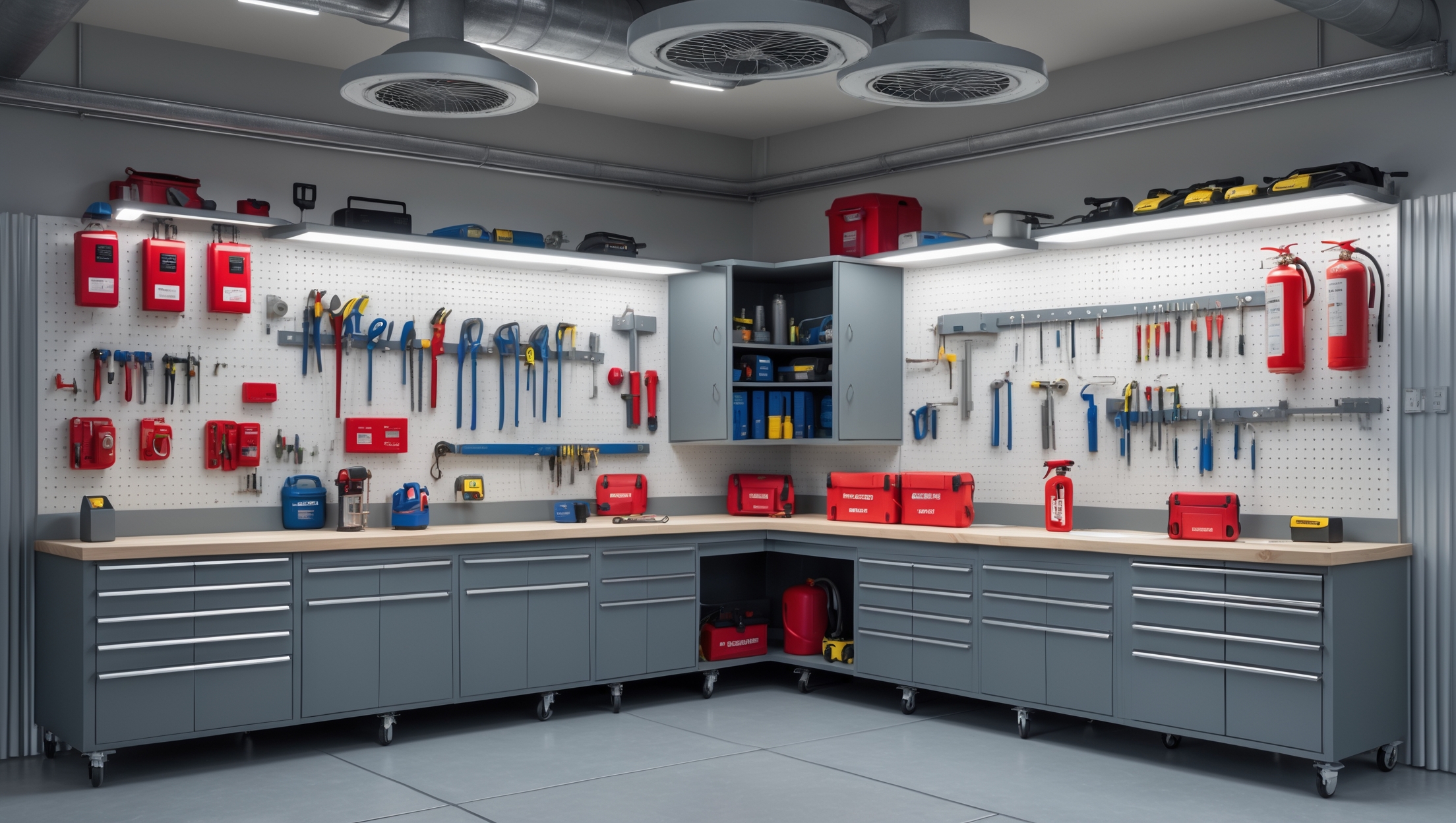
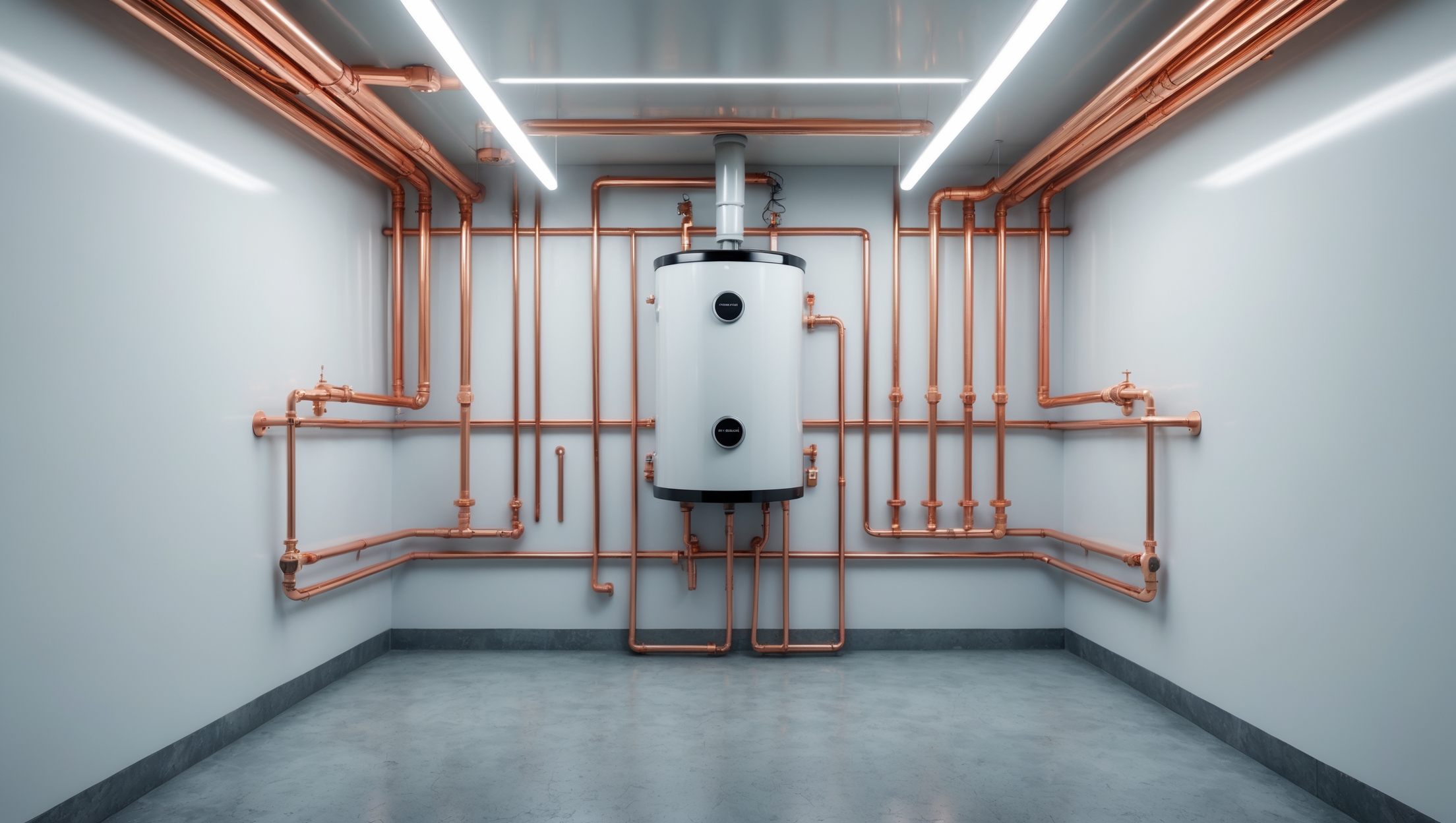
Kimberly Ramirez
I noticed you mentioned both the IPC and UPC as the main model codes in North America. How can a homeowner find out which specific code their city or county follows, and are there major differences between them that could impact a typical bathroom remodel?